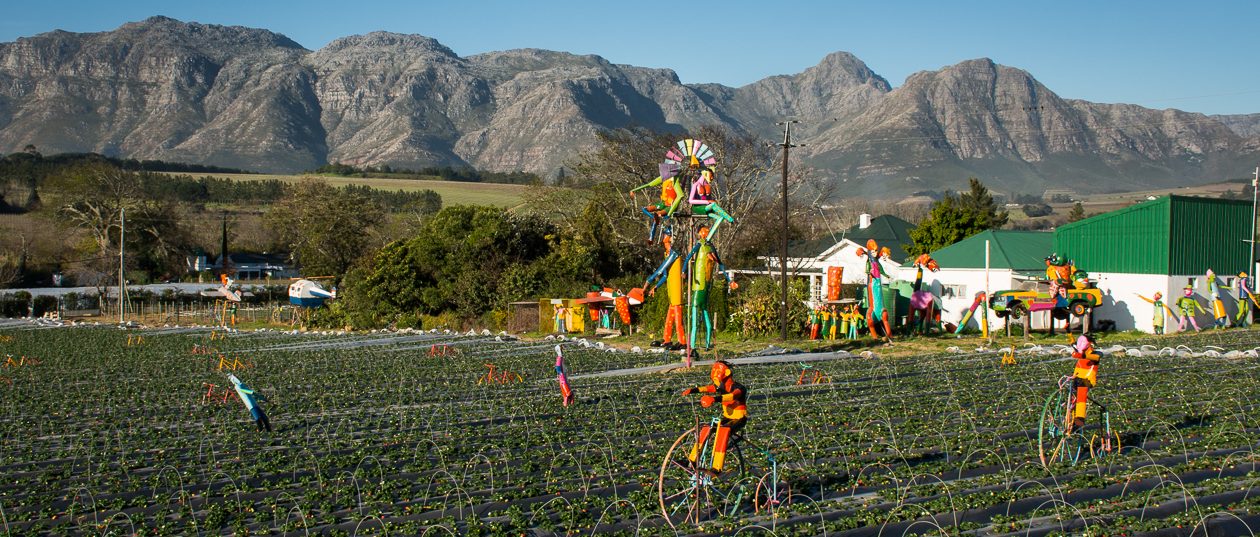Part 1: Read David Campany’s essay ‘Safety in Numbness’. Summarise the key points of the essay and note down your own observations on the points he raises.
I had done quite an in-depth review of this essay and of Late Photography in the Context and Narrative module which can be seen here (https://lyndakuitphotographycn.wordpress.com/2015/06/02/late-photography/).
Campany’s opening remarks of his essay deal with the Channel Four News documentary that was made on Joel Meyerowitz shooting Ground Zero after the collapse of the Twin Towers on 9/11. Meyerowitz was the only photographer allowed to photograph the scene and he did so with a large format, sixty year old Deardorff plate camera. The process was slow, rendering extremely detailed photographs which were acclaimed to be far superior to any TV footage that had been shot.
According to Campany late photography is ‘the trace of the trace of an event’. A memory twice removed so to speak. Late photography is always static, sombre and taken in straight fashion. The aesthetic quality of late photography is clinical, bordering on forensic photography. Often there are no people featured, but enough evidence of some past activity.
Late photography is different to that of the snapshot, as it has ‘a major role as an undertaker … It turns up late, wanders through the places where things have happened totting up the effects of the world’s activity. This is a kind of photograph that foregoes the representation of events in progress and so cedes them to other media’.
As a result of this, late photography’s relation to memory and history is different. The still image is a ‘simple signifier of the memorable’, but the image can also be an obstacle to the viewer’s understanding of past events. The value of late photography lies in the way it holds the viewer’s attention in many ways and by being open to various interpretations by the viewer, because our memory is shaped by the plethora of images that we see on a daily basis and which influence our culture.
Because the still image has the power to convey ‘contrived and rhetorical moments of pathos, tension and melancholy’, its use in freeze-frame fashion in TV news footage is extremely powerful. Today, very few photographers cover the wars happening around the world. Their access is extremely limited and more confined to shooting the areas/buildings after the action has taken place. The viewer sees the damage caused by the action but there is no longer a sense of immediacy involved.
Campany ends his essay with an extremely interesting point, which is very thought provoking:
If the banal matter-of-factness of the late photograph can fill us with a sense of the sublime, it is imperative that we think through why this might be. There is a fine line between the banal and the sublime, and it is political.
Part 2: Look at some of Meyerowitz’s images available on line from Aftermath: World Trade Centre Archive (2006). Consider how these images differ from your own memories of the news footage and other images of the time.
I don’t think September 11, 2001 will ever be erased from my memory. That day I literally awoke with a bang. It was 6:00 am in the morning in Vancouver and I had just stepped into the spare bedroom to catch the news on the TV while getting ready to go to work. I can remember standing there totally transfixed staring at the TV screen watching the horror unfold, tears streaming down my face. Watching those planes fly into the Twin Towers, the slow implosion of the two structures, people jumping from the buildings to escape the flames and then all that drywall dust exploding over Manhattan like a mushroom cloud, seeing the terror on the faces of the people on the streets running to escape the fall out and the debris. Seeing people wandering around aimlessly looking for loved ones. Meyerowitz’s images describe the scene of the horror after the dust has settled. The twisted iron girders rising from the depths of the hole like grotesque sculptures, the mountains of timber and building debris looking like some structures in a Hollywood apocalyptic sci-fi movie. While I will always remember that horrific day, memory does fade with time and it is harder to remember moving images accurately. The still, late image allows the viewer to sit and reflect and examine in detail those memories. They are there in front of us for as long as we wish them to be without having to hit a replay button.
Reference List
Campany, D (2003) Safety in Numbness: Some remarks on the problems of ‘Late Photography’ [online]. Available at: http://davidcampany.com/safety-in-numbness/ (Accessed 15 May, 2018)
